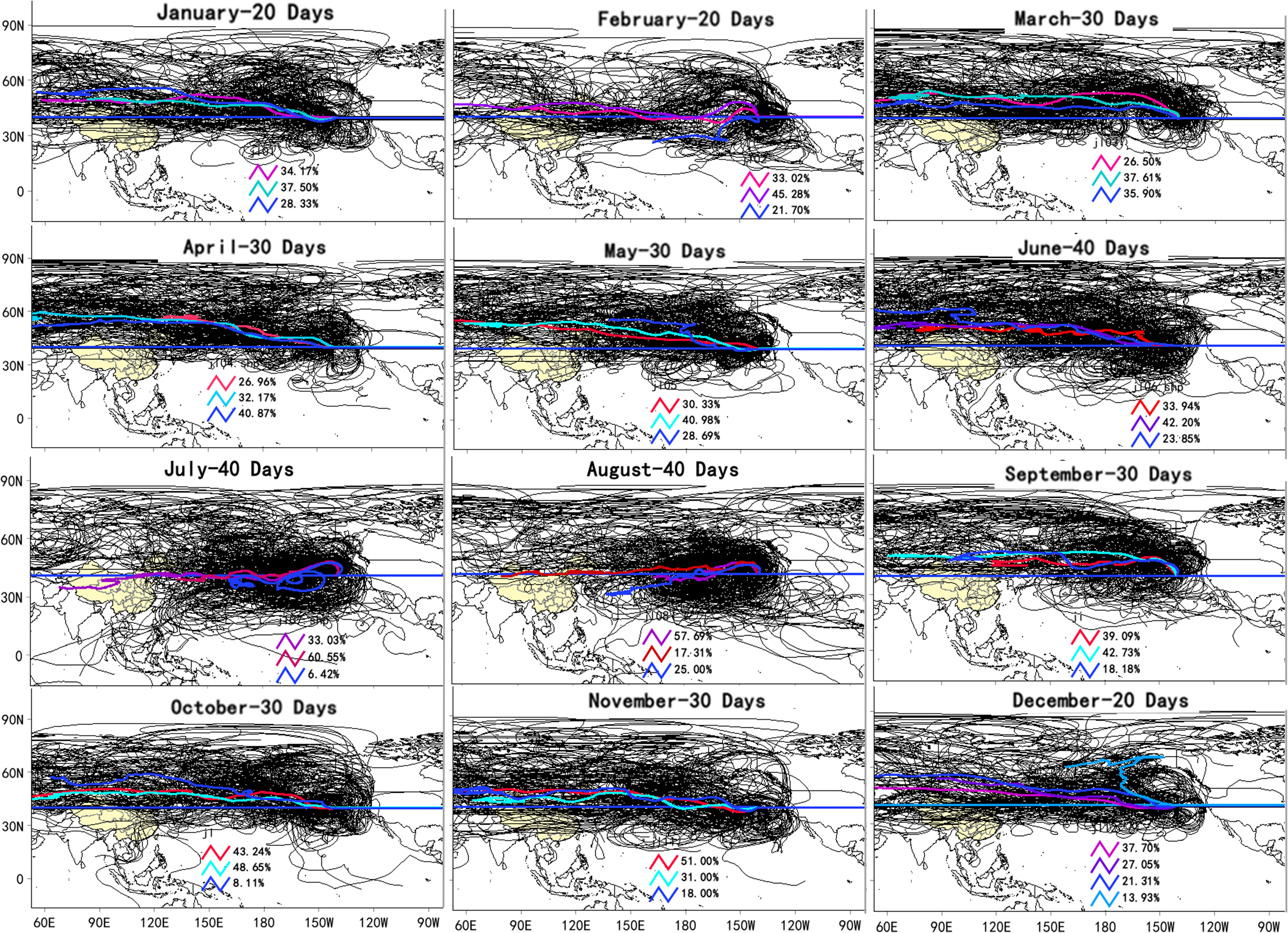Less anthropogenic aerosol indirect effects are a potential cause for Northeast Pacific warm blob events
Ningning Yao , Zhe Song , Lang Chen , Yuhai Sun , Boqiong Jiang , Pengfei Li * , Jinsheng Chen * , Shaocai Yu *
It has been proposed that the North Pacific atmospheric circulation is significantly affected by a tropospheric hearting induced by East Asian aerosol emissions through changes in Pacific trade winds and Aleutian Low (1–3). This conclusion is supported by a recent study of Wang et al. (4) in which Northeast Pacific (NEP) warm blob events during 2010 to 2020 were mainly attributed to the atmospheric circulation anomalies triggered by the rapid aerosol abatement in China. By conducting two sets of ensemble simulations, the NEP sea surface temperature (SST) warming was found to be promoted by the wind-evaporation-SST (WES) feedback (4). This is because of the weakening of local westerlies and intensified and southward-shifted Aleutian Lows due to the increase in the atmospheric absorbing solar flux by the removal of major anthropogenic emissions in China (4). The authors further imply that the NEP warm blob events will likely continue to increase because of consistent decreases of anthropogenic aerosol emissions in China in the future. However, Wang et al’s (4) conclusion fails to consider the anthropogenic aerosol cloud–mediated radiative effects, a critically important factor for the albedo of a given ocean area (5–7). More anthropogenic aerosols lead to larger numbers of smaller cloud droplets, reflecting more solar heat to space by leaving more water in the cloud for a longer time, thus increasing the cloud cover and water content (5). This effect is strongest over the oceans (5). Here, we report the results of cluster analyses of the monthly air mass back trajectories in 2018 as example (Fig. 1) and the observed aerosol optical depth (AOD), liquid water path (LWP), and cloud optical depth (COD) over the NEP for the same study periods (2003 to 2020) (Fig. 2). We show that the air masses originating from China with its air pollutants can reach the NEP area in all seasonal months with different transport paths and spreading extents (Fig. 1). This is in agreement with the consistent annual trends of AOD over the NEP (Fig. 2A) and East Asia [Fig. 2A of Wang et al.’s (4)] with the peaks around 2011 and valleys around 2016. Aerosol indirect effects because of the western United States wildfires in September 2020 induced a significant negative radiative effect over the NEP ocean covered by stratocumulus (8). 

Key words:
Volume:121
Page:e2414614121
Journal:PNAS



